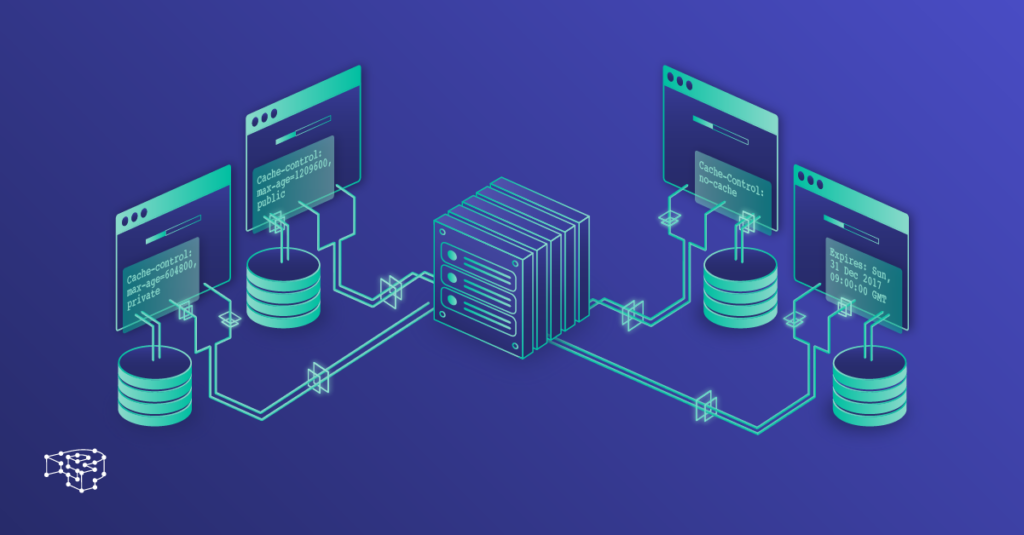Caching is a powerful strategy in full stack development, significantly improving application speed, efficiency, and scalability. As modern web applications handle vast amounts of data and complex processing tasks, implementing an efficient caching strategy can reduce server load, decrease latency, and enhance user experience. Whether you’re working with client-side or server-side caching, knowing when and how to cache data effectively is crucial for a full stack developer. This post explores essential caching strategies and the role they play in full stack development.
For those new to the full stack field, you may find it helpful to review this comprehensive overview of full stack development to understand the wider ecosystem in which caching operates.
What is Caching?
Caching temporarily stores copies of data in a location that can be accessed faster than retrieving the original data source. In web development, cached data may be stored in the client (browser), on the server, or in an intermediary location (e.g., Content Delivery Networks or CDNs). Proper caching significantly reduces the time it takes for a user to access certain data, making applications faster and more responsive.
Key Caching Strategies in Full Stack Development
1. Browser Caching
Browser caching stores data on the client side, allowing web browsers to save website assets (like images, stylesheets, or JavaScript files) for faster retrieval. This caching strategy reduces the number of requests sent to the server, especially for static resources. Browsers use cache-control headers to determine when cached content should be refreshed. By configuring these headers correctly, developers can enhance user experience and reduce load times significantly.

2. Server-Side Caching
Server-side caching stores data on the server and serves cached responses for frequently requested data. It is particularly useful for dynamic content, like user account information or personalized dashboard data. Two common types of server-side caching are memory caching and disk caching:
- Memory Caching: Uses server RAM to cache data for quicker access. Examples include Redis and Memcached.
- Disk Caching: Stores cache files on the server’s hard drive. Although it’s slower than memory caching, it’s beneficial for larger datasets and provides more storage capacity.
Leveraging server-side caching can dramatically improve performance for APIs, which is essential for responsive and scalable full stack applications. For more insights on essential tools and technologies in full stack development, take a look at this guide on key technologies for full stack developers.
Common Caching Techniques and Tools
1. Data Caching
Data caching stores frequently requested data to reduce database load. This technique is often applied in REST APIs and GraphQL APIs, where certain data points (e.g., user profiles, product lists) are requested multiple times.
2. Content Delivery Network (CDN) Caching
CDNs cache website assets at geographically distributed servers, delivering content faster by reducing latency for users around the world. CDN caching is especially effective for static resources like images, CSS, and JavaScript files, making it ideal for high-traffic applications.

3. Cache Invalidation
Cache invalidation is the process of clearing outdated cache entries to ensure users receive updated information. Effective cache invalidation strategies are essential in applications where data changes frequently. Common techniques include time-based expiration (setting cache to expire after a certain period) and event-based invalidation (clearing cache upon specific data updates).
Balancing State Management and Caching
In full stack applications, caching strategies often intersect with state management. Maintaining the correct application state, especially in large applications, can become complex as caching may cause outdated data to persist. A well-planned state management strategy helps ensure that users see the latest data, even with caching in place. You can dive deeper into state management best practices in this article on mastering state management.
A quote to consider:
“When you adopt caching, you’re not just storing data—you’re building a strategy to deliver speed and reliability while balancing the need for fresh data.”
Choosing the Right Caching Strategy
Caching is highly application-dependent. For instance, content-heavy applications may benefit more from CDN caching, while data-driven applications with frequent API requests might need server-side or database-level caching. By understanding the strengths of each caching type and how it fits into the full stack architecture, developers can optimize performance, reduce latency, and improve user satisfaction.
Conclusion
Caching is a key strategy for improving web application performance, but implementing it correctly requires a solid understanding of full stack development. Different caching methods, from browser caching to CDNs, offer distinct advantages, and the right approach depends on the nature of your application. By balancing caching with effective state management, full stack developers can build applications that are fast, scalable, and responsive.
For a broader perspective on full stack development, consider exploring these essential technologies and practices to elevate your skills.








